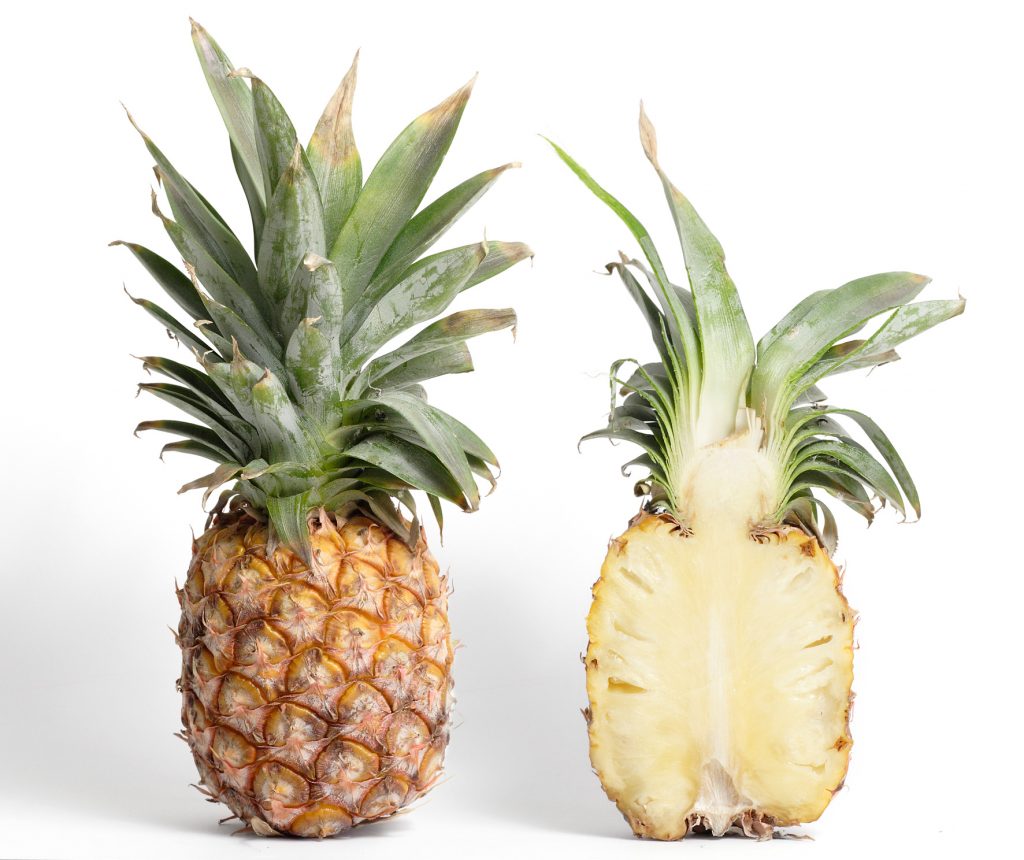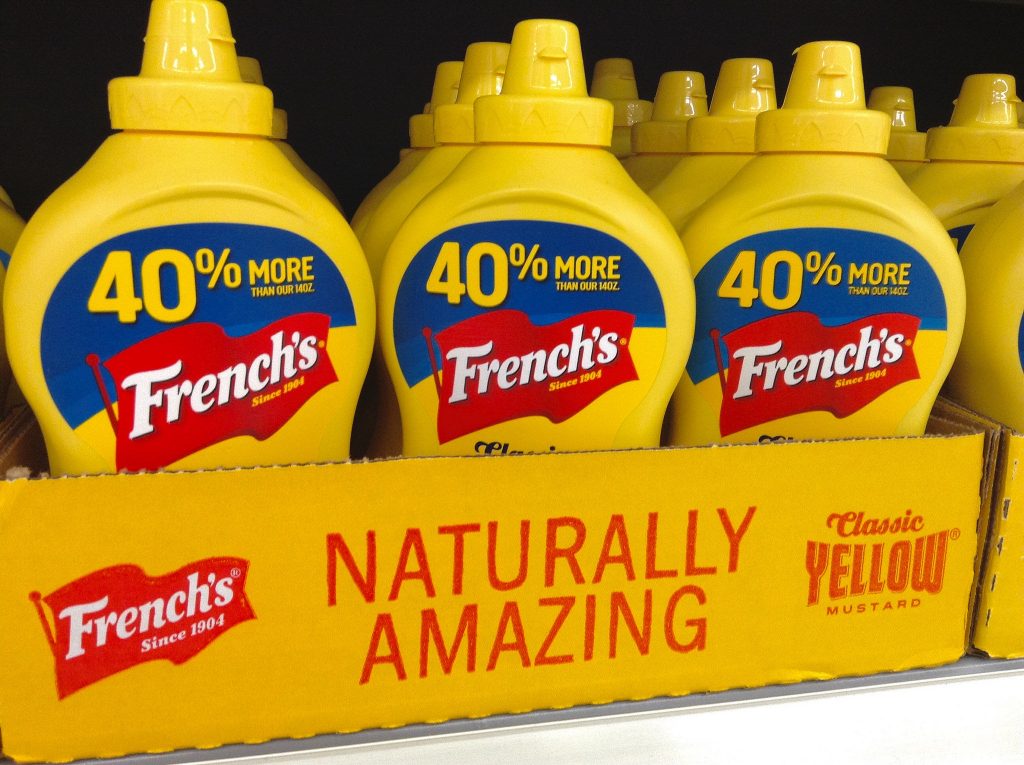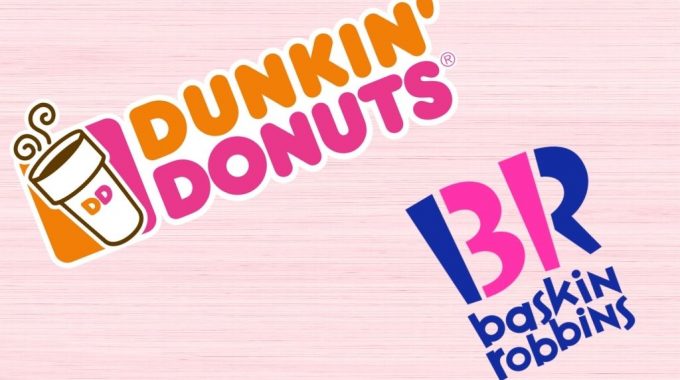Describing 11 Commonly Used Shades of Yellow

It seems that nature uses yellows whenever it needs to highlight. A feature of the colour family often used by graphic designers. Yellow is a bright colour, and in visual arts, it is used to colour light sources. It is also the colour of summer- lemonades and sunflowers- even the sun appears yellow.
Whenever we talk about bright colours, it is obvious to name yellow. This association of brightness is not something that has been taught to us, but rather exists due to the physiology of the human eye.
Roughly speaking, the human eye is most sensitive to light with wavelengths between 550 and 600 nanometres. This interval is where yellow colours lie. That’s why yellow beats any other colour in terms of luminance.
In this post, we try to describe some of the commonly used names of the colours that belong in the yellow family.
Flaxen
Flaxen is the color of the flax seed. It’s a light straw-like color. Its variations are abundantly seen in wall paints because it is peaceful and generally inert.

Canary
It’s a springy shade of yellow, it’s a rough complement of cobalt blue. Striking in its appearance, like cobalt, it steals the show in every composition in which it is used.

Corn
Also known as maize, this shade ranges from a lesser saturated yellow to one with a slight orange tint.

Bumblebee
This is a color saturated towards orange. The term is also associated with a transformers character.

Amber
Honey and amber shade are almost the same. These are lustrous, earthy, warm shades of yellow.

Blonde
There’s a subtle difference between flaxen and blonde- the latter drifts a little towards gold.

Pineapple
Another washed out shade, pineapple leans toward green.

Lemon
This zesty color is probably the yellowest yellow and gives any composition a fresh look.

Gold
Gold comes in the ochre family, a beautiful, versatile color.

Fire
Mustard is a for yellow what olive is for green. It’s a bland combination of yellow and green with a dark value.

Mustard
Gold comes in the ochre family, a beautiful, versatile color.

So, now hopefully you’ll be able to tell flaxen from blonde and lemon from canary.







